![]()
![]()
![]()
Use LEFT and RIGHT arrow keys to navigate between flashcards;
Use UP and DOWN arrow keys to flip the card;
H to show hint;
A reads text to speech;
15 Cards in this Set
- Front
- Back

Garlic
|
Garlic is a close relative of the onion, shallot, leek, and chive.
Garlic has been used by humans for over 7,000 years. It is widely used for seasoning or as a condiment. Animal and human studies have shown various cardiovascular benefits, including reducing the accumulation of cholesterol. Garlic has also been used for religious and spiritual practices. |
|

Food
|
Any substance consumed to provide nutritional support for the body.
May contain essential nutrients, carbohydrates, fats, proteins, vitamins, or minerals. Can be ingested by an organism in an effort to produce energy, stimulate growth, and/or maintain life. Can have a wide range of physical and mental effects. |
|
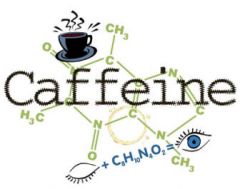
|
Caffeine is found in seeds, leaves and fruit of various plants where it acts as a natural pesticide.
Humans typically consume caffeine that is extracted from the coffee plant, the tea bush, and the kola nut. Caffeine is commonly believed to be a stimulant which may cause temporary improvements in mental and/or physical functions. |
|

TV
|
Television is typically used for transmitting and receiving moving images and sounds.
It can be found in the majority of the world's households. Television is used as a vehicle for advertising, a source of entertainment, and news. |
|
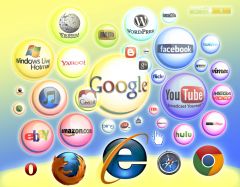
|
The internet is a global system of interconnected computer networks.
It consists of millions of private, public, academic, business, and government networks. The internet carries an extensive range of information resources and services. |
|

|
Dreams can be images, ideas, emotions, and sensations that occur involuntarily in the mind during certain stages of sleep.
The content and purpose of dreams are not definitively understood. |
|

Water
|
Can be used for a variety of purposes (drinking, to wash clothes, to shower, to create energy, for agriculture, etc.)
In humans, water allows the body's cells to grow, reproduce and die, it regulates body temperature and it is necessary for the brain to manufacture neurotransmitters. |
|

|
Formal language is a system of signs for encoding and decoding information.
Language can also be defined as a system of communication that enables humans to exchange verbal or symbolic utterances. Language can also be defined as a formal system of signs that, governed by the rules of grammar, are used to communicate meaning. |
|
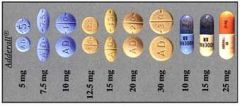
|
Adderall is commonly and legally used for the treatment of ADHD and narcolepsy.
Can also be prescribed to treat depression and obesity. The effects of Adderall vary widely depending on the amount consumed, however, some effects include: loss of appetite, nausea, high or low blood pressure, profuse sweating, etc. |
|

|
Alcohol can be fermented out of many kinds of fruits, grains, and plants.
Alcohol can be used for a variety of purposes that include: beverages, antifreeze, antiseptics, fuels and preservatives. The effects of alcohol vary widely based on the amount consumed, some effects include: intoxication, dehydration, malnutrition, liver disease, cancer and weight gain. |
|
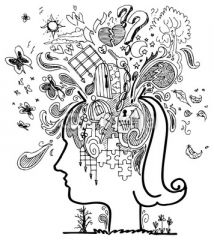
|
Thoughts allow humans to make sense of, interpret, represent, or model the world they experience.
Thoughts are generally believed to be unique to human beings but many theories suggest the possibility that thoughts can occur outside of human beings, outside of conscious levels of awareness and without language. |
|

Cell Phones
|
Use radio links to communicate messages.
Cell phones have a variety of applications that allow users to send text messages, make phone calls, take pictures and surf the internet. The effect of cell phone radiation on humans has been the subject of many recent studies, however, it is difficult to determine the short and/or long term effects of cellular devices on human beings. |
|
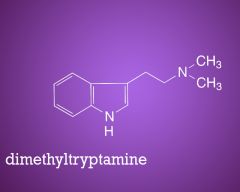
DMT
|
DMT is a psychedelic compound that can cause powerful hallucinations.
DMT is widely believed to be present in small amounts in many plants, animals and even the human brain. When consumed by humans, it can cause a rise in blood pressure, heart rate, and pupil diameter. |
|

|
Tobacco contains nicotine, which is a stimulant that may cause temporary improvements in mental and/or physical functions.
Dried tobacco leaves can be consumed by humans by smoking. Tobacco use has been linked to various diseases that affect the heart, liver, and lungs. There are more than 70 species of tobacco plants. Tobacco plants have also been used as model organisms in genetics for laboratory research. |
|

Hemp
|
Hemp has been used to make clothing, ropes, and paper; the grain has been stewed, roasted, and milled for food; and the oil derived from the grain has been used for cosmetics, lighting, paints, varnishes, and medicinal preparations.
Like the marijuana plant, industrial hemp belongs to the species Cannabis sativa L. However, unlike marijuana, it only contains small quantities of the psychoactive drug delta-9 tetrahydrocannabinol (THC). |

